Selfie!
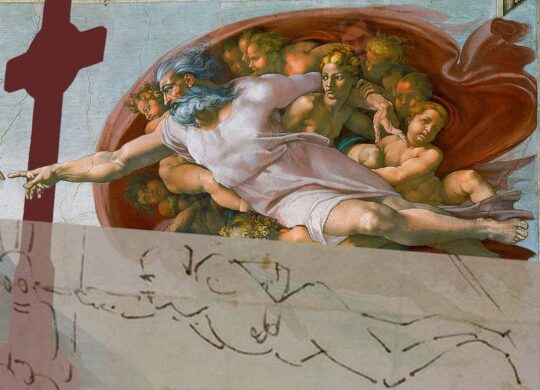
A few weeks ago, the Wall Street Journal ran an intriguing article that dealt with a published report late last year in the peer-reviewed Italian art journal Critica d’Arte.
Michelangelo may have secretly painted himself onto the ceiling of the Vatican’s Sistine Chapel, portraying himself as God with arm outstretched to spark life in a lounging Adam. How about that?
Said the author of that journal report, Adriano Marinazzo, a curator of special projects at Virginia’s Muscarelle Museum of Art at The College of William & Mary:
Michelangelo saw himself as the Messiah of art, so it makes sense.”
The central action in the Sistine painting is in “The Creation of Adam”: an elderly, bearded God sorta twisting his body to almost reach with his fingertips a rather indolent and lackadaisical Adam.
Mr. Marinazzo said he made the connection after studying a sheet of paper containing a sonnet Michelangelo wrote to a friend in 1510 complaining about the physical toll the job has taken on his health.
My brush, above me all the time, dribbles the paint so my face makes a fine floor for droppings.”
And to illustrate—and this the key element—the guy drew himself at work, right there in the margin of the sonnet. A vertical figure painting a ghoulish face on the ceiling above him with his right arm outstretched, legs slightly crossed.
Marinazzo fixated on the sketch, wondering why the artist would portray himself standing with one leg slightly crossing the other—a shaky stance for anyone standing on scaffolding. By chance, he happened to rotate a digital image of the letter last year and had an epiphany. When horizontally oriented, the posture and pose of the sketched man looked eerily similar to that of God on the ceiling, a move the historian is now convinced was intentional.
That’s right, this dude drew a selfie in the Sistine Chapel! With himself as God!
But God actually drew a lot of selfies of himself into Scripture. Here’s one that I recently was writing on.
Psalm 93 is a poem about the Kingship of God. It starts off with that motif
I will exalt You, my God, the King,
and I will bless Your name forever and always.
Psalm 145:1
Other psalms label God (or his Messianic agent) as King, but only here (and in 98:6) is God designated “the King.”
But if you jump down a bunch of verses, you see something intriguing:
They will give You thanks, Yahweh, all Your works,
and Your devout ones—they will bless You.
Of the glory of Your kingdom, they will say,
and of Your mighty acts, they will speak,
to make known to the children of humanity His mighty acts
and the glorious splendor of His kingdom.
Your kingdom is a kingdom [for] all [time,] forever,
and Your dominion for every generation after generation.
Psalm 145:10–13
A reverse acrostic! What’s that, you ask?
If you take the first words of 145:13, 12, 11, and 10—yes, in that order, backwards, in reverse—they are (watch out for the Hebrew): malkutka (“Your-kingdom”), lhodia‘ (“to-make-known”), kvod (“of-the-glory”), and yoduka (“they-will-give-You-thanks”). Reverse. But the acrostic? Take the first letters of each of those words—mem (“m”), lamed (“l”), koph (“k”), and yod (“y” or “i”)—put them together and you get—voila!—malki, which means “My King.” Cool!
Oh and this …
Notice in 145:12b and 145:13a: “His-kingdom,” “Your-kingdom,” and “kingdom” are all single words: malkuto, malkutka, malkut—occurring in a back-to-back, one-after-another staccato.
I don’t know about you, but I thought that was pretty clever!
Our God reigns!
SOURCE: The Wall Street Journal

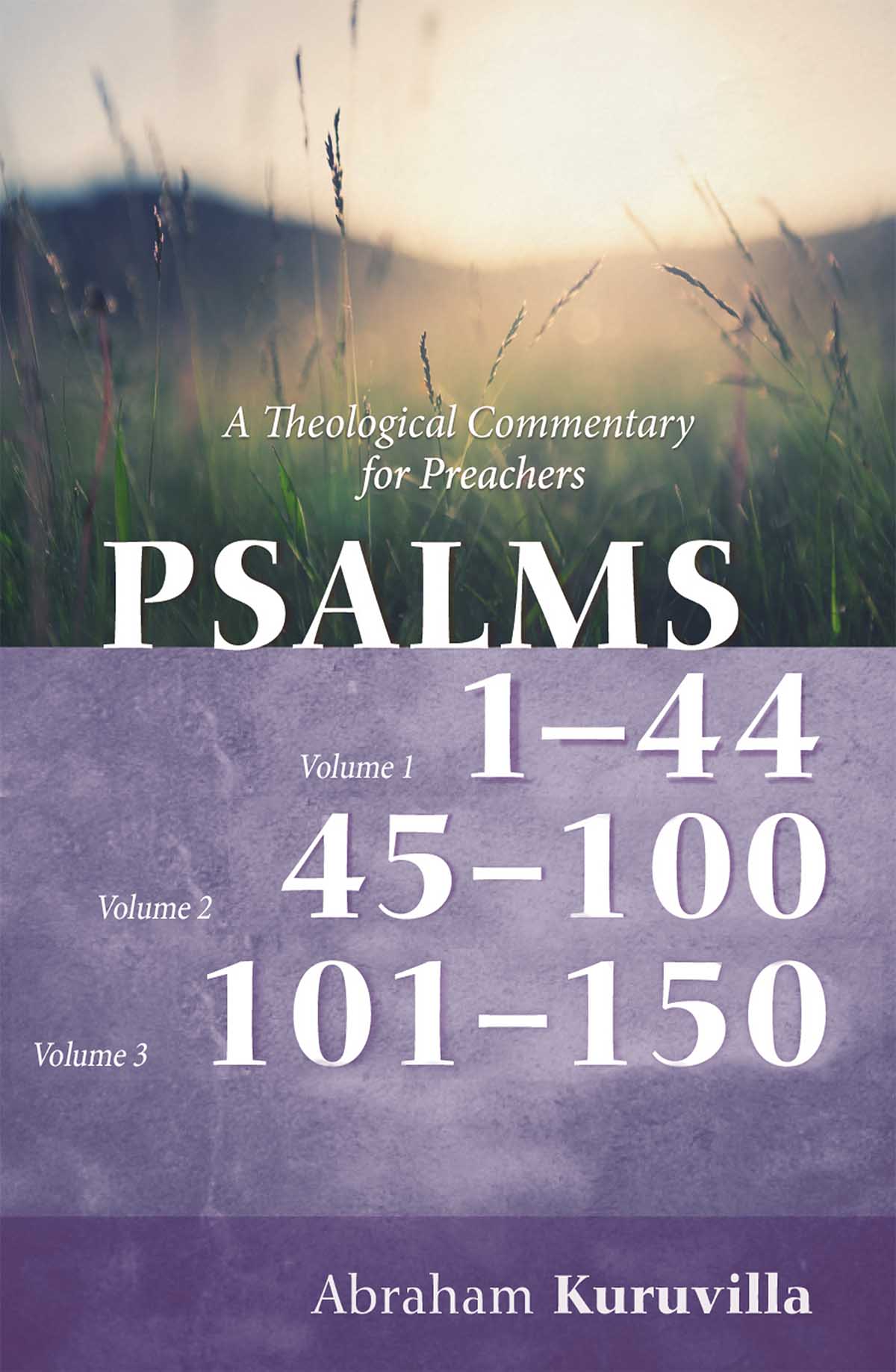
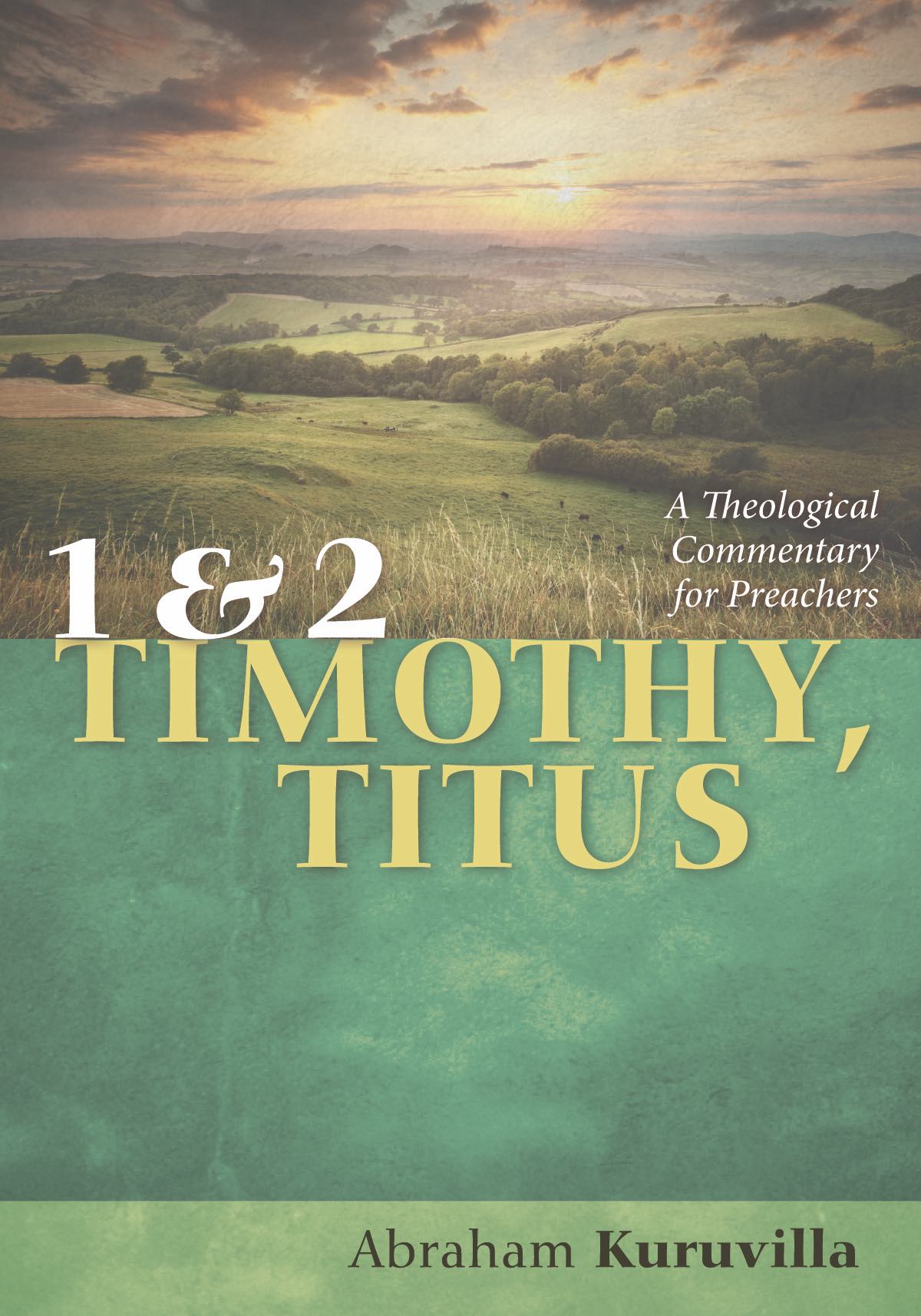
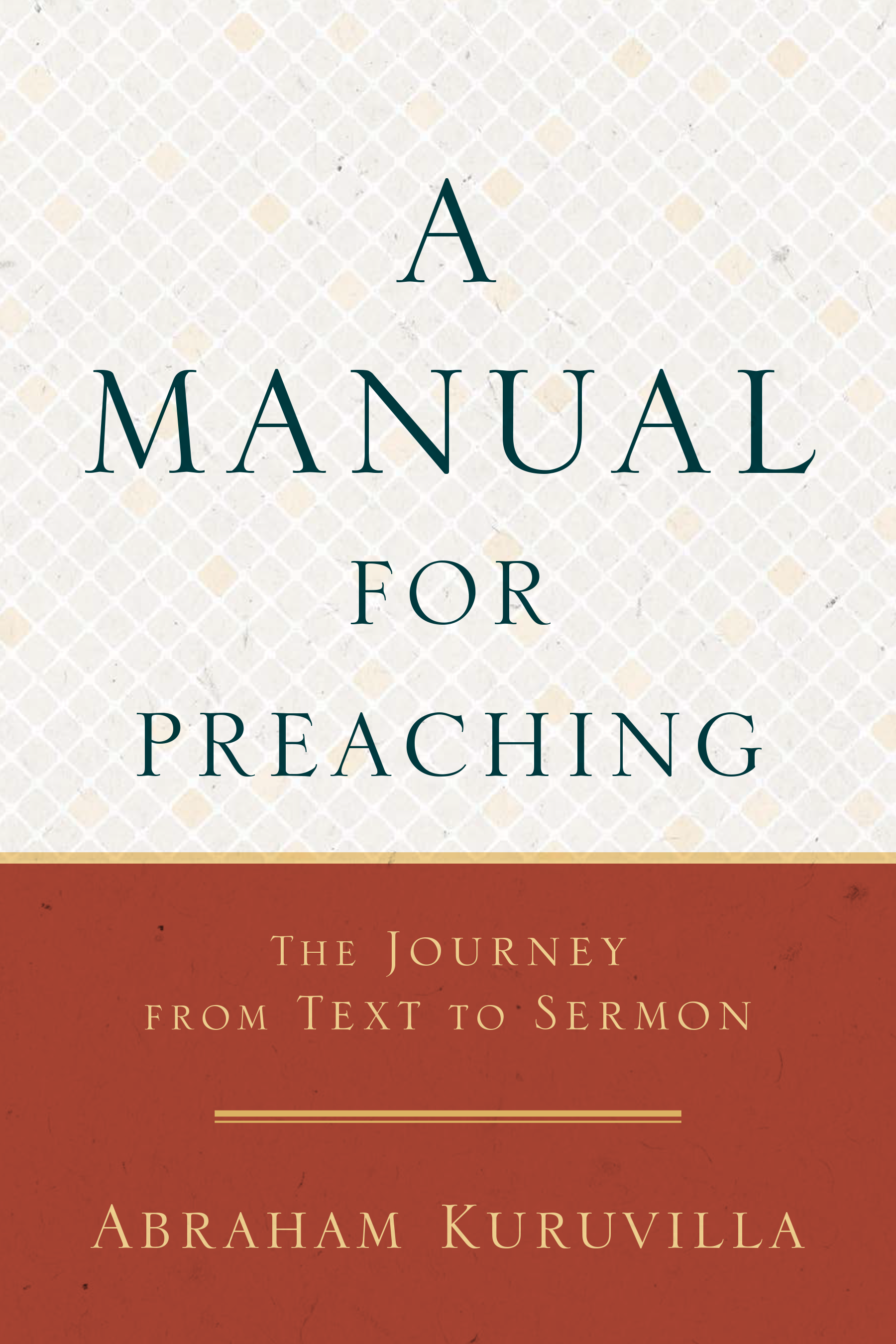

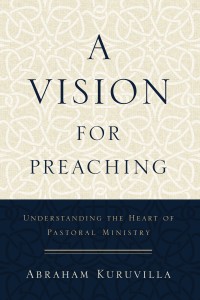





 Abe Kuruvilla is the Carl E. Bates Professor of Christian Preaching at The Southern Baptist Theological Seminary (Louisville, KY), and a dermatologist in private practice. His passion is to explore, explain, and exemplify preaching.
Abe Kuruvilla is the Carl E. Bates Professor of Christian Preaching at The Southern Baptist Theological Seminary (Louisville, KY), and a dermatologist in private practice. His passion is to explore, explain, and exemplify preaching.